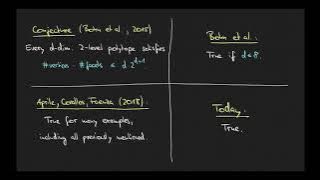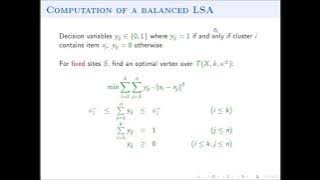Simple polytope
In geometry, a d-dimensional simple polytope is a d-dimensional polytope each of whose vertices are adjacent to exactly d edges (also d facets). The vertex figure of a simple d-polytope is a (d – 1)-simplex. Simple polytopes are topologically dual to simplicial polytopes. The family of polytopes which are both simple and simplicial are simplices or two-dimensional polygons. A simple polyhedron is a three-dimensional polyhedron whose vertices are adjacent to three edges and three faces. The dual to a simple polyhedron is a simplicial polyhedron, in which all faces are triangles. (Wikipedia).



















